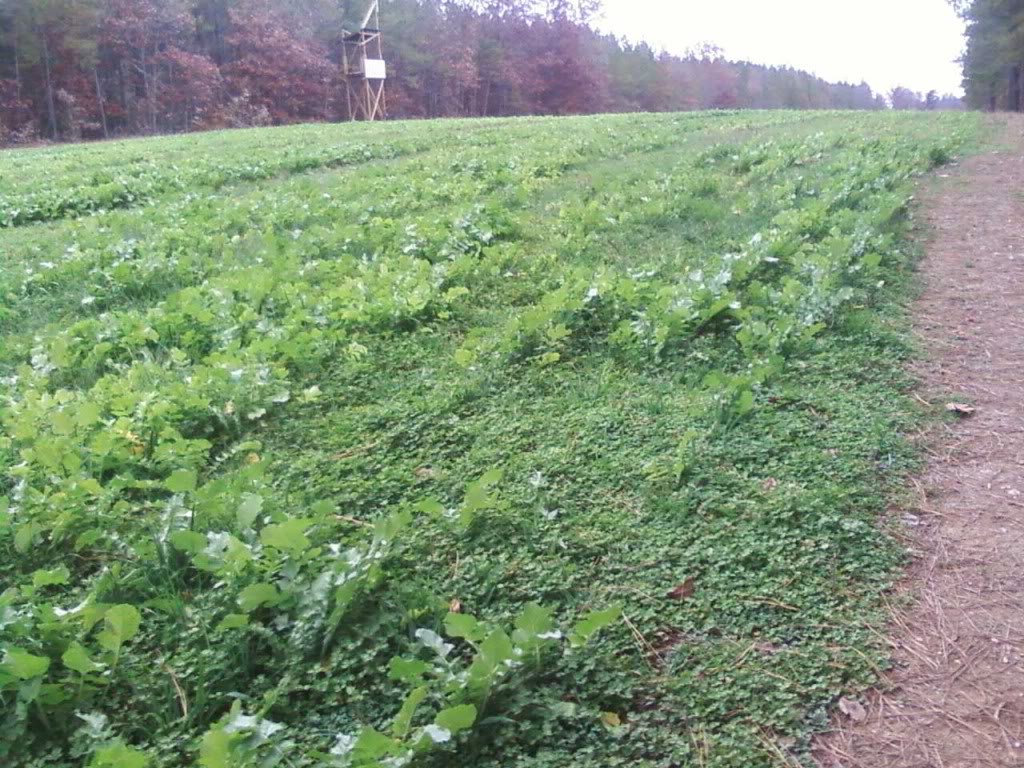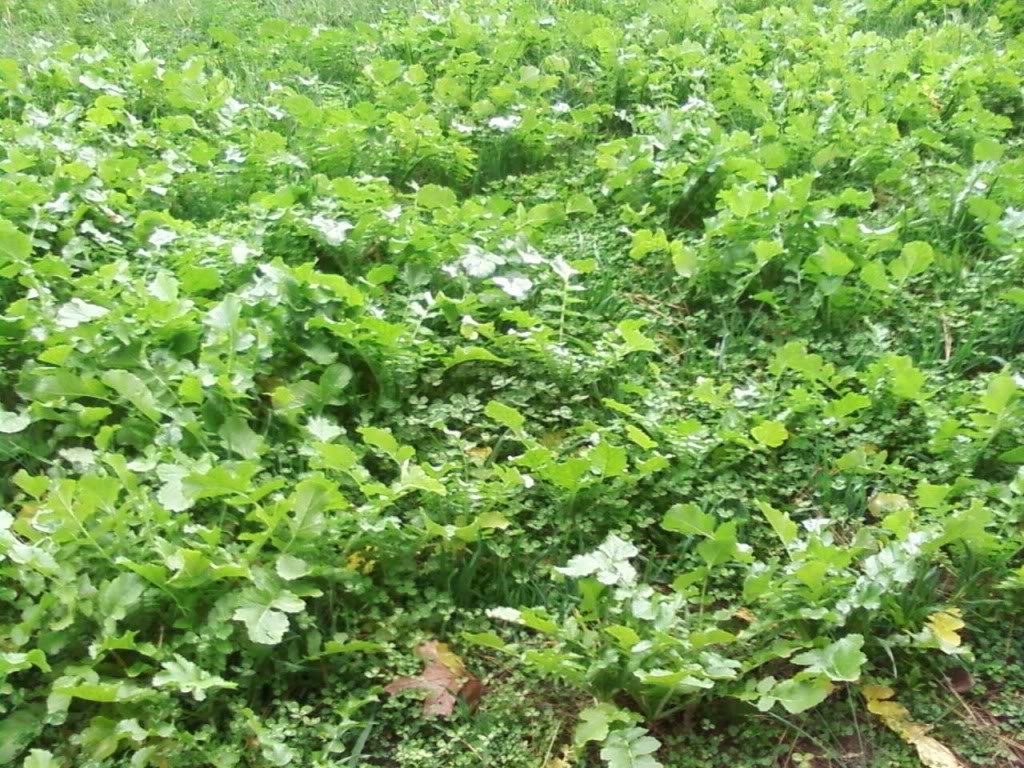Ok, sorry to keep bothering you but I need the advise. I have a 1/2 kill plot, full sun but surrounded by hardwoods. I want something in there year round to keep deer and turkey coming back not just a fall plot what would you do. I am in Madison County Arkansas.
btw the ph level is 6.7. I do a soil test annually with the University of AR. Cooperative Extension Dept.
If it is only 1/2 acre, the clover plot is the best bet. Deer will wipe out any ice cream crops in a plot that small. You can get a year round plot with annuals, but it requires multiple planting per year. On 1/2 acre you are better off with clover for a year round plot.
As
@Mennoniteman was suggesting, at some point, a clover plot does need rotated. It depends on the variety of clover. For your region, Durana is a good bet. 100 lbs/ac of Winter Rye with 10 lbs/ac of Durana should do it. You can add chicory if you like. I get about 5 years out of ladino and closer to 10 out of Durana before the nitrogen builds up and grasses invade. Each year you will get more and more grasses. The best thing to do when grasses begin to dominate is to rotate the plot into an N seeking crop for a season. Buckwheat works well for this and so does sorghum/milo. This is generally done in the spring so you can rotate back to clover in the fall. If I didn't have time to do this when needed in the spring, there is a backup plan. In the fall, with rain in the forecast, suppress the clover. This can be done with 1 qt/ac glyphosate or even by bushhogging it flat to the ground so the blade almost hits the ground. The idea is to top kill the clover.
With the clover now suppressed, you can drill an N seeking crop into it. I've always used a drill, but guys tell me surface broadcasting and cultipacking works for this as well. Once the crop you plant germinates it will get a head start on the clover which will bounce back from the root system. Here is an example of this where I used daikon radish as the N-seeking crop.
In order to plant for turkey, you need to work the equation backwards. In the spring, gobblers will roost where they can be heard gobbling on the roost by hens. Hens will roost proximate to good nesting cover. Weather that promotes viruses probably kills most poults, next is nest predation, and then poult predation. You can do some trapping to manage some nest predators, but you can't do much for avian predators. Young poults are targets for them.
By arranging your plot to be close to nesting cover reduces how far poults have to travel to get to food. 90% of their diet is insects. So, a crop that green up early in the spring and attracts bugs like clover is ideal. Fescue is the worst thing for poults. It flops over and young poults can't navigate through it. Another thing that helps is having escape cover near the clover. I use bicolor lespedeza for this, but any crop that canopies and has bare dirt under it works.
One more component for turkey is shrubs. Any shrub will do for this, but most pick shrubs that support deer as well. Poults can fly up into shrubs to roost about 2 weeks after they hatch. This reduces their risk and the risk for the hen over roosting on the ground.
So, if you want gobblers, think poults. Hens will be where habitat is good for poults and gobblers will be where hen are.
On last thought: You don't bother anyone by asking questions here!


